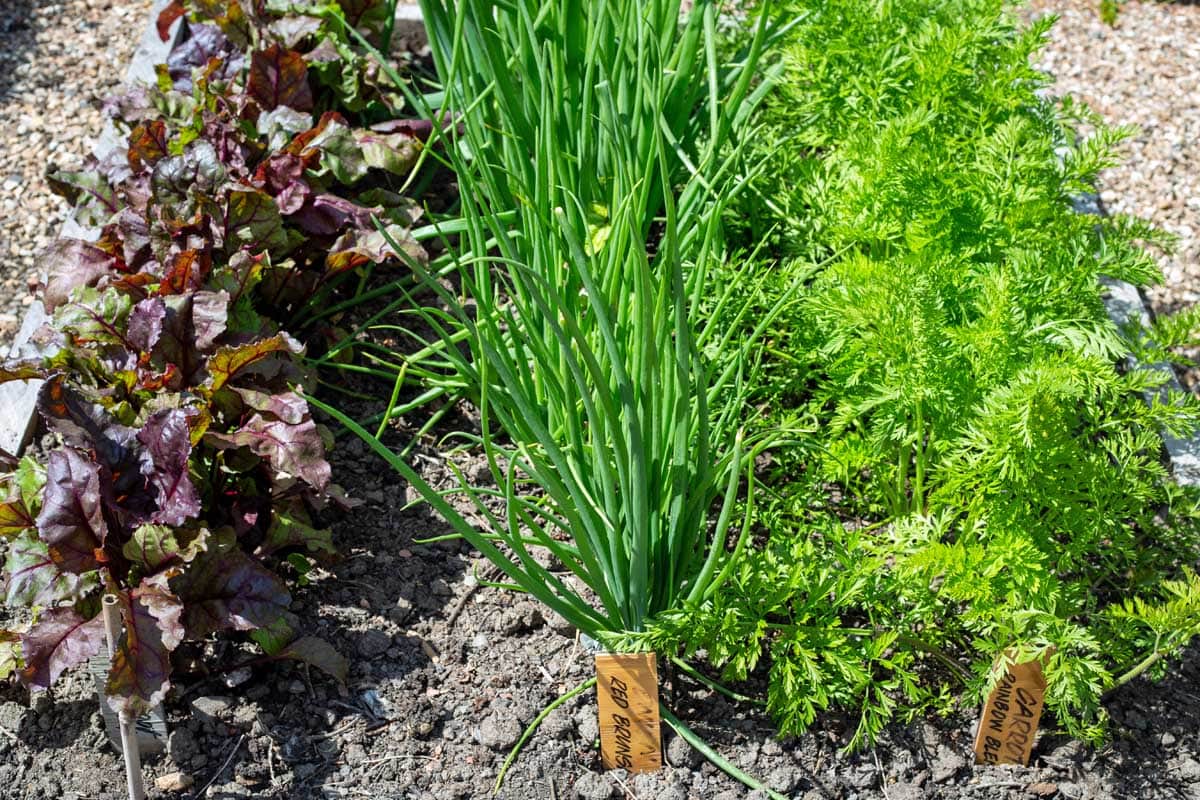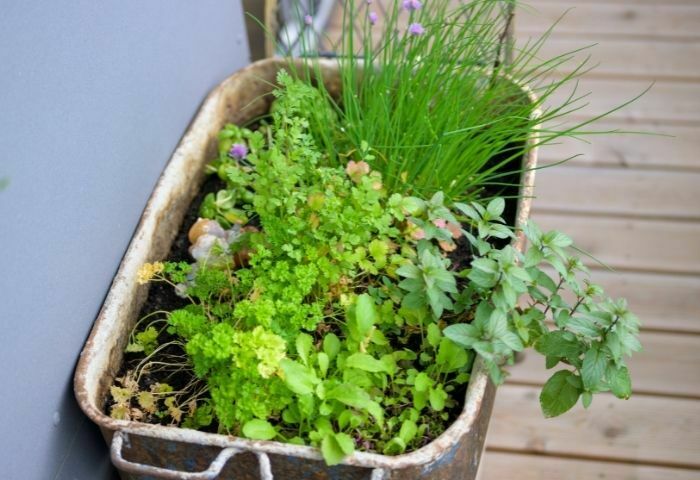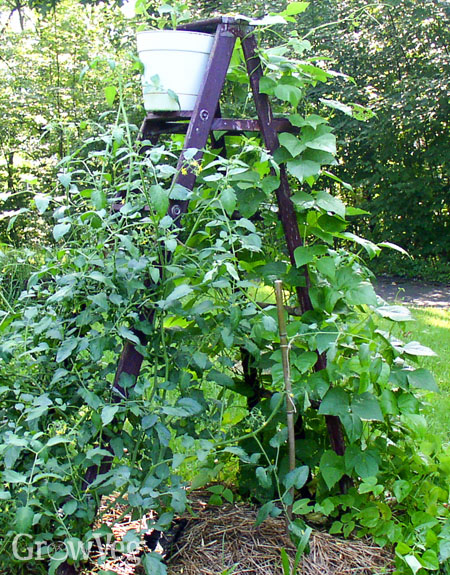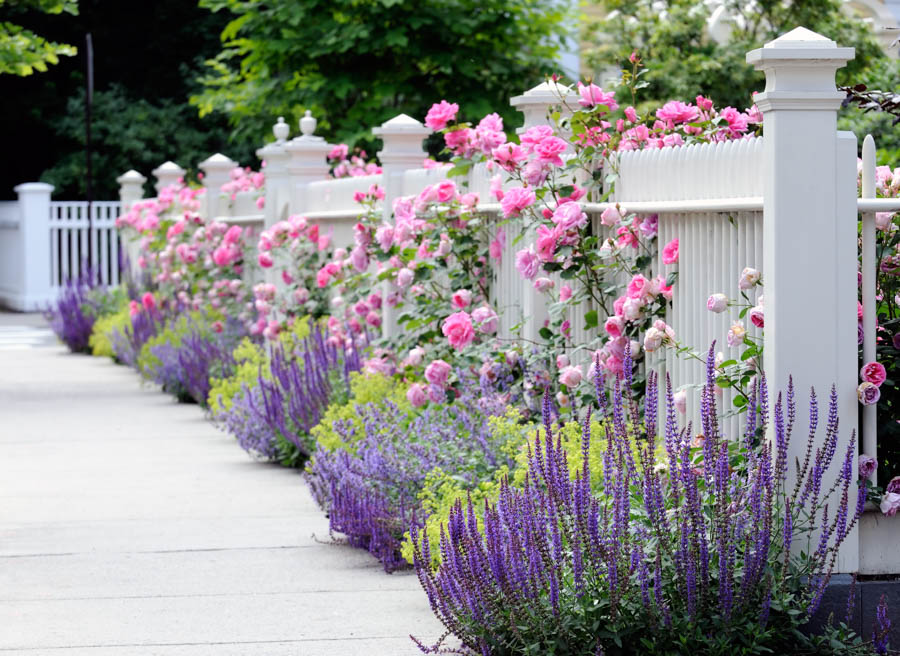The Ultimate Guide To Companion Planting: Vegetables And Herbs That Grow Well Together
The Ultimate Guide to Companion Planting: Vegetables and Herbs That Grow Well Together
Companion planting is a gardening practice that involves planting certain crops together to benefit each other. By planting compatible plants near each other, you can improve their growth, deter pests, and attract beneficial insects.
There are many different companion planting strategies, but some of the most common include:
- Attracting beneficial insects: Some plants, such as marigolds and nasturtiums, attract beneficial insects such as ladybugs and parasitic wasps. These insects help to control pests, such as aphids and caterpillars.
- Defending against pests: Other plants, such as garlic and chives, have strong scents that can repel pests. Planting these plants near susceptible crops can help to keep them pest-free.
- Completing the nitrogen cycle: Legumes, such as beans and peas, can fix nitrogen from the air and add it to the soil. This benefits other plants in the garden, as nitrogen is an essential nutrient for plant growth.
- Providing shade and support: Some plants, such as tomatoes and cucumbers, benefit from being shaded by taller plants, such as corn and sunflowers. Other plants, such as peas and beans, need support from structures such as trellises or cages. Planting these plants together can help to create a mutually beneficial relationship.
If you're new to companion planting, it can be helpful to consult a companion planting chart. These charts list which plants are compatible with each other. You can find companion planting charts online or in gardening books.
Once you have a basic understanding of companion planting, you can start experimenting with different combinations of plants in your own garden. There is no right or wrong way to companion plant, so feel free to get creative and see what works best for you.
Here are some specific examples of vegetables and herbs that grow well together:
- Basil and tomatoes: Basil repels aphids, which are a common pest of tomatoes. It also improves the flavor of tomatoes.
- Beans and corn: Beans fix nitrogen in the soil, which benefits corn. Corn provides shade for beans, which helps to keep them cool and prevent them from bolting.
- Cucumbers and melons: Cucumbers and melons both need full sun and well-drained soil. They can be planted together to save space in the garden.
- Carrots and onions: Carrots and onions have different growing requirements, so they won't compete for resources. They also have different scents that can repel each other's pests.
- Herbs and vegetables: Many herbs can be planted with vegetables to improve their growth and flavor. Some good combinations include basil and tomatoes, chives and beans, and dill and carrots.
When companion planting, it's important to consider the size and growth habits of the plants you're growing. Some plants, such as tomatoes and corn, grow tall and need plenty of space. Other plants, such as lettuce and spinach, grow low to the ground and can be planted closer together.
It's also important to consider the sun and water requirements of the plants you're growing. Some plants, such as tomatoes and peppers, need full sun and regular watering. Other plants, such as lettuce and broccoli, can tolerate partial shade and less frequent watering.
By taking the time to consider the different factors involved in companion planting, you can create a garden that is both productive and pest-free.
Do you want to grow a successful vegetable garden? If so, you need to know about companion planting. Companion planting is the practice of planting certain vegetables and herbs together because they benefit each other in some way. For example, basil can help to repel pests from tomatoes, and chives can help to improve the flavor of carrots.
If you're not sure which vegetables and herbs to plant together, you can visit Gardenia Inspiration. This website has a comprehensive list of companion planting pairings, as well as tips on how to plant and care for your vegetables and herbs.
In addition to providing information on companion planting, Gardenia Inspiration also offers a variety of other resources for gardeners, including recipes, gardening tips, and plant-related news. So whether you're a beginner or an experienced gardener, Gardenia Inspiration is a great resource for all things gardening.
FAQ of vegetables and herbs that grow well together
null
Image of vegetables and herbs that grow well together
- Basil and tomatoes: Basil is a classic companion plant for tomatoes. It helps to deter pests and improve the flavor of the tomatoes.
- Chives and carrots: Chives are another good companion plant for tomatoes. They help to repel carrot flies and other pests.

- Cilantro and cucumbers: Cilantro and cucumbers are both members of the mint family, and they benefit from being planted together. Cilantro helps to repel cucumber beetles, and cucumbers provide shade for cilantro.

- Dill and beans: Dill and beans are a good combination because they have different nutrient needs. Dill fixes nitrogen in the soil, which beans can use.

- Lavender and roses: Lavender and roses are both fragrant plants that can benefit from being planted together. Lavender helps to deter pests, and roses provide a trellis for lavender to climb.

Post a Comment for "The Ultimate Guide To Companion Planting: Vegetables And Herbs That Grow Well Together"